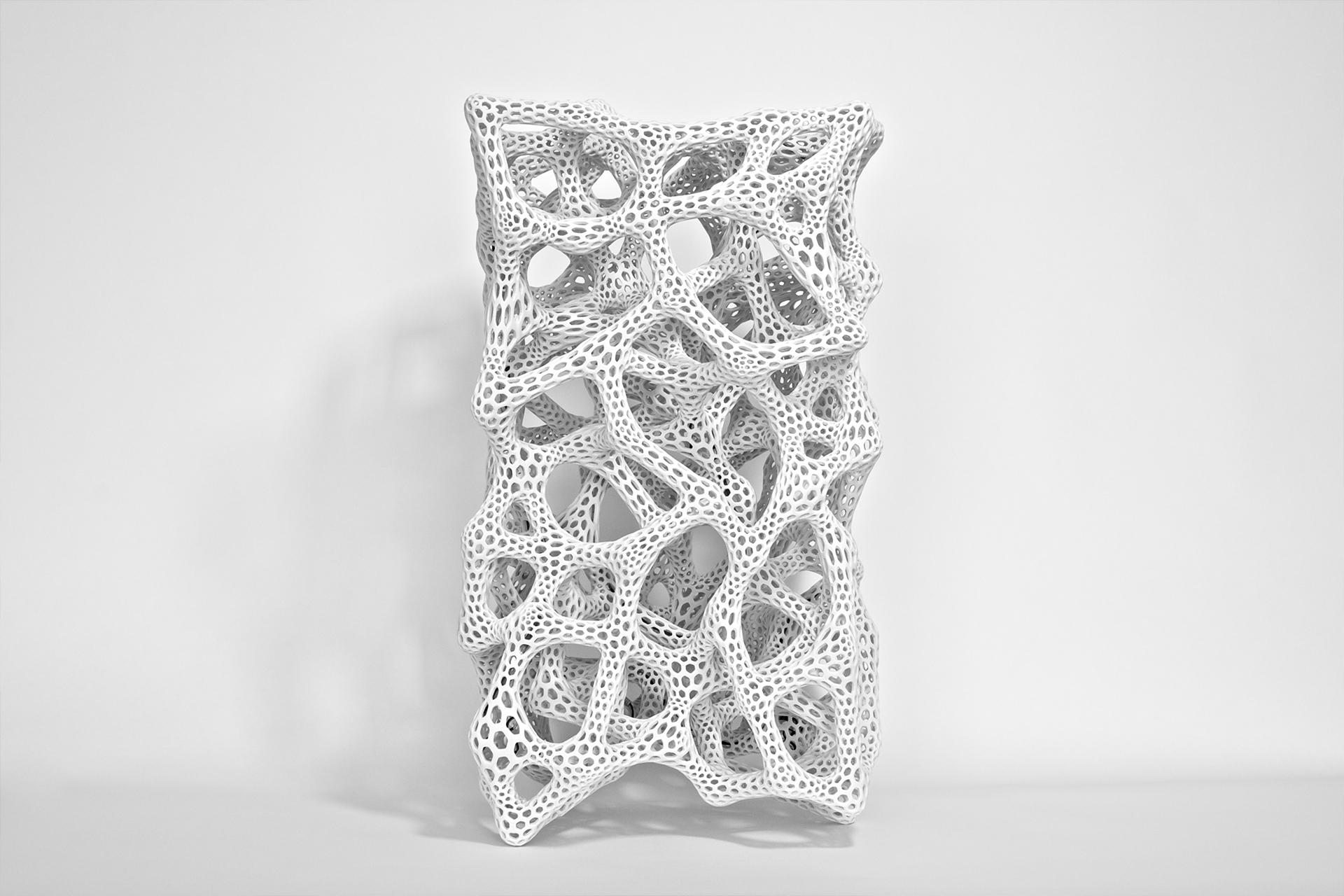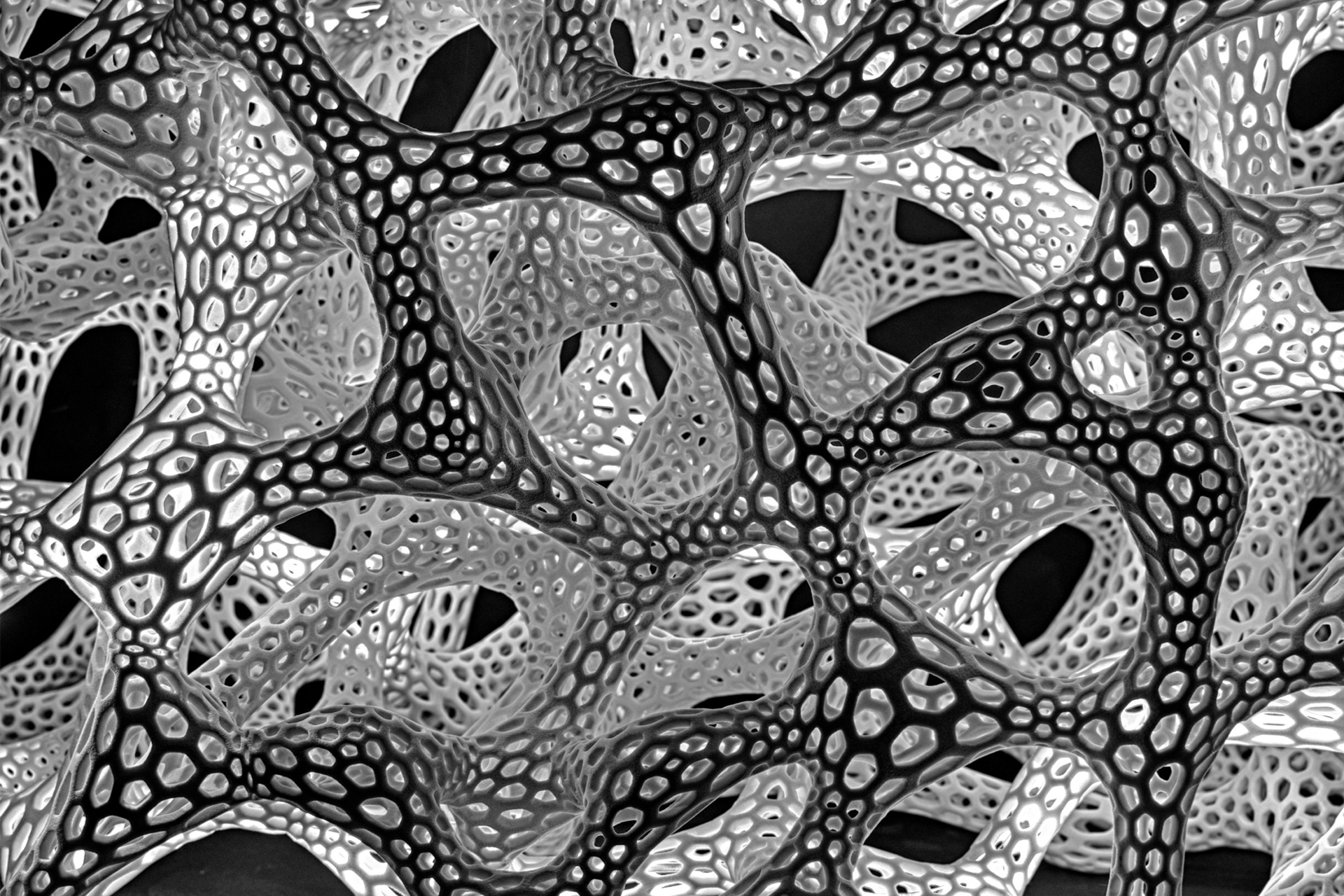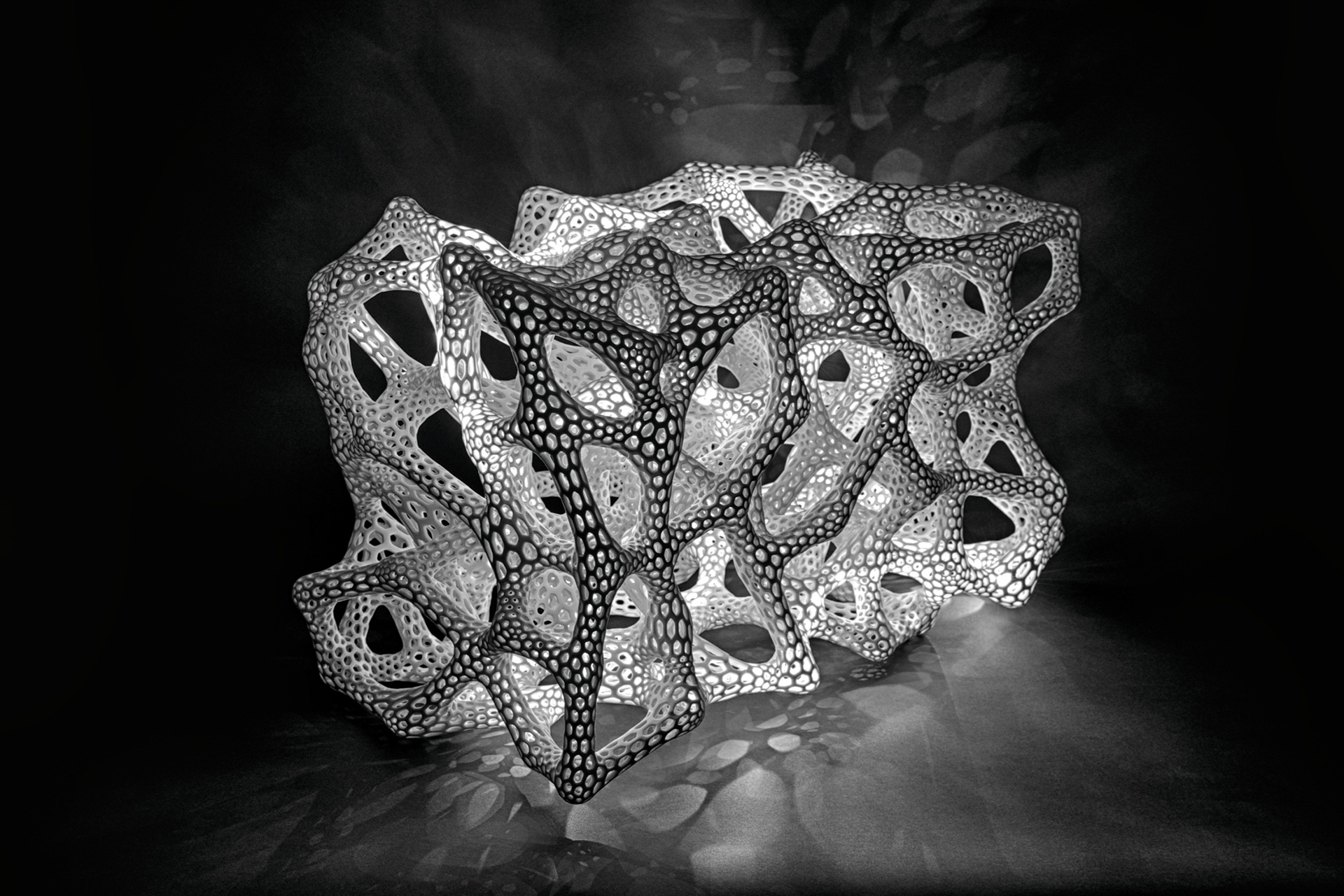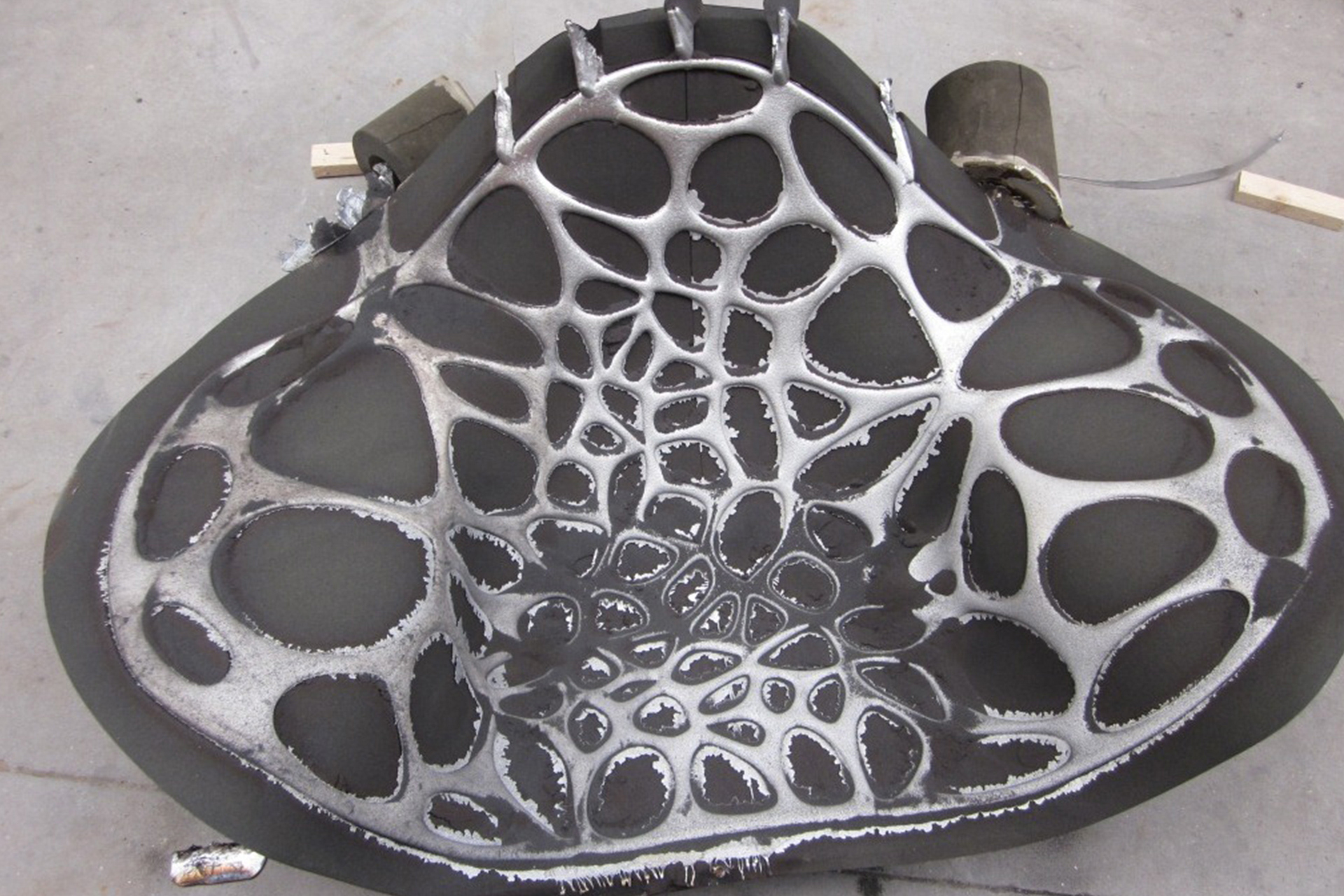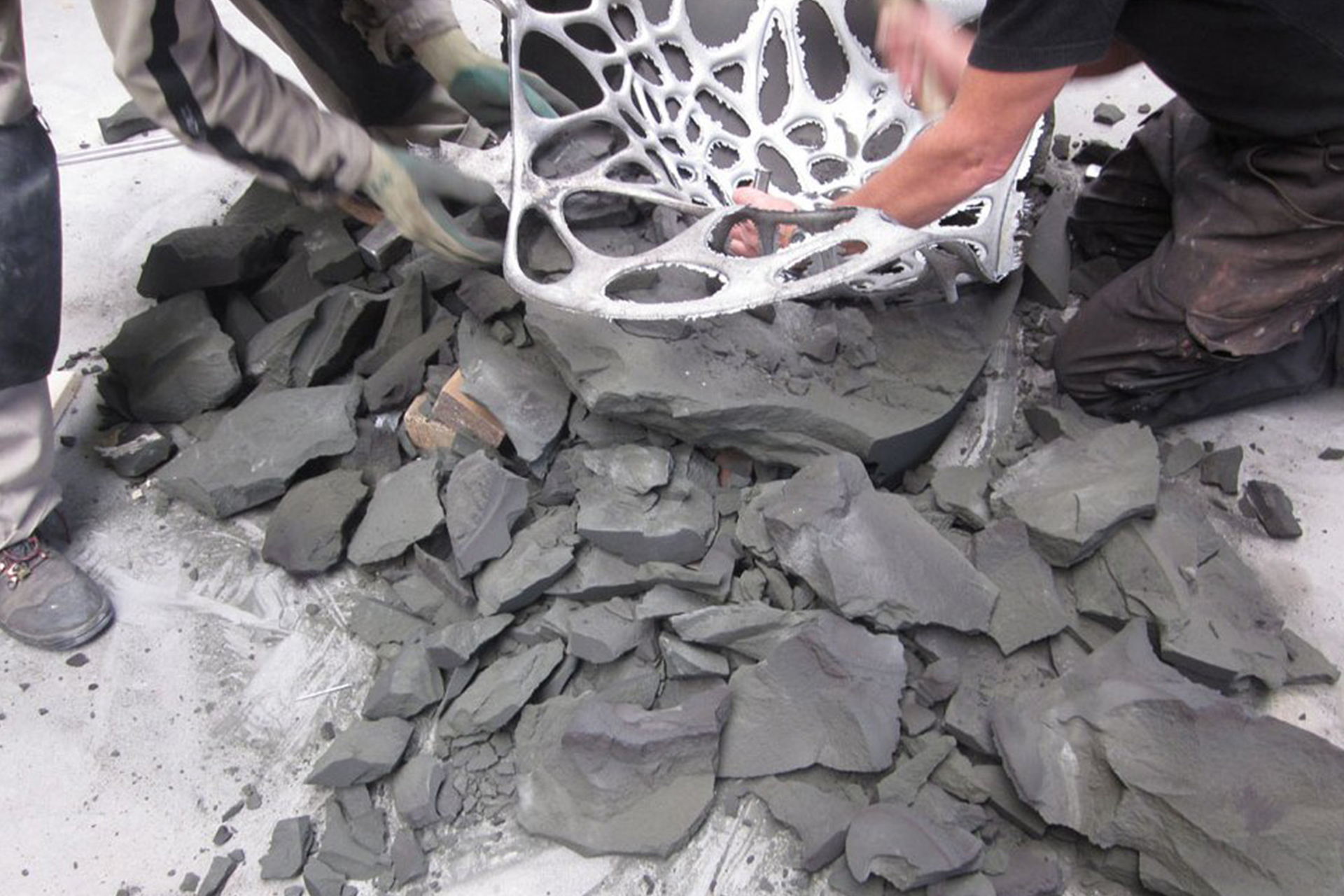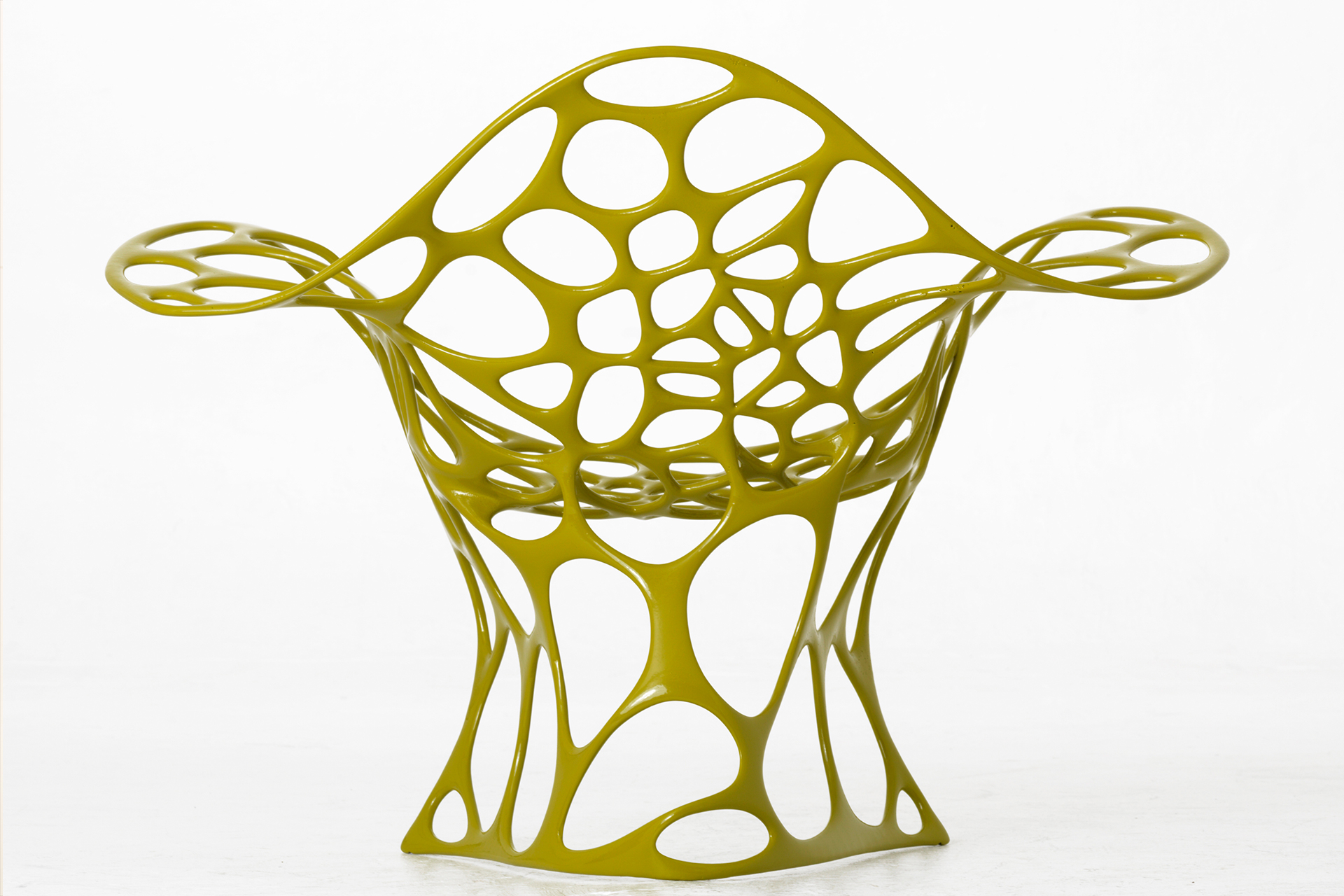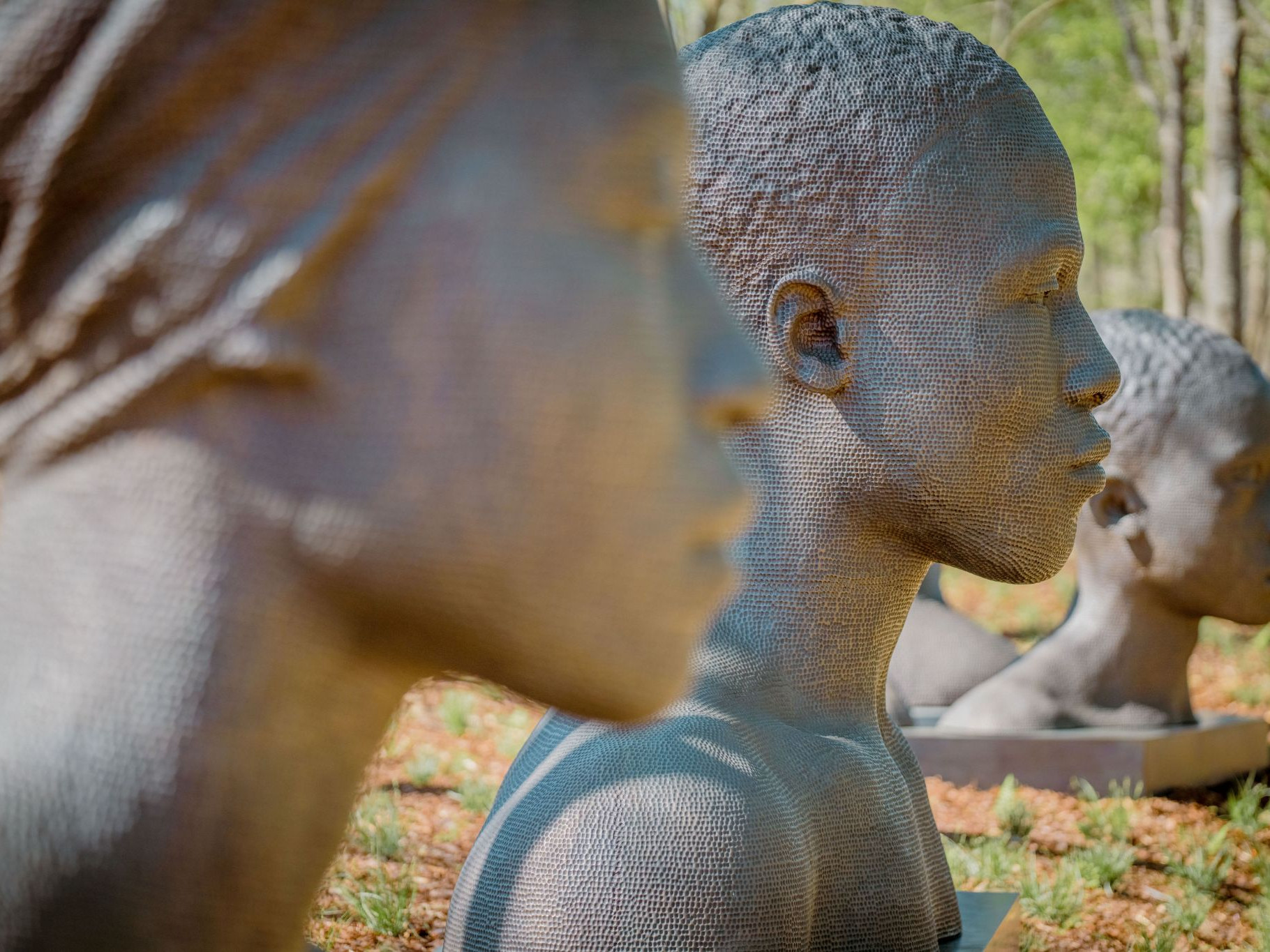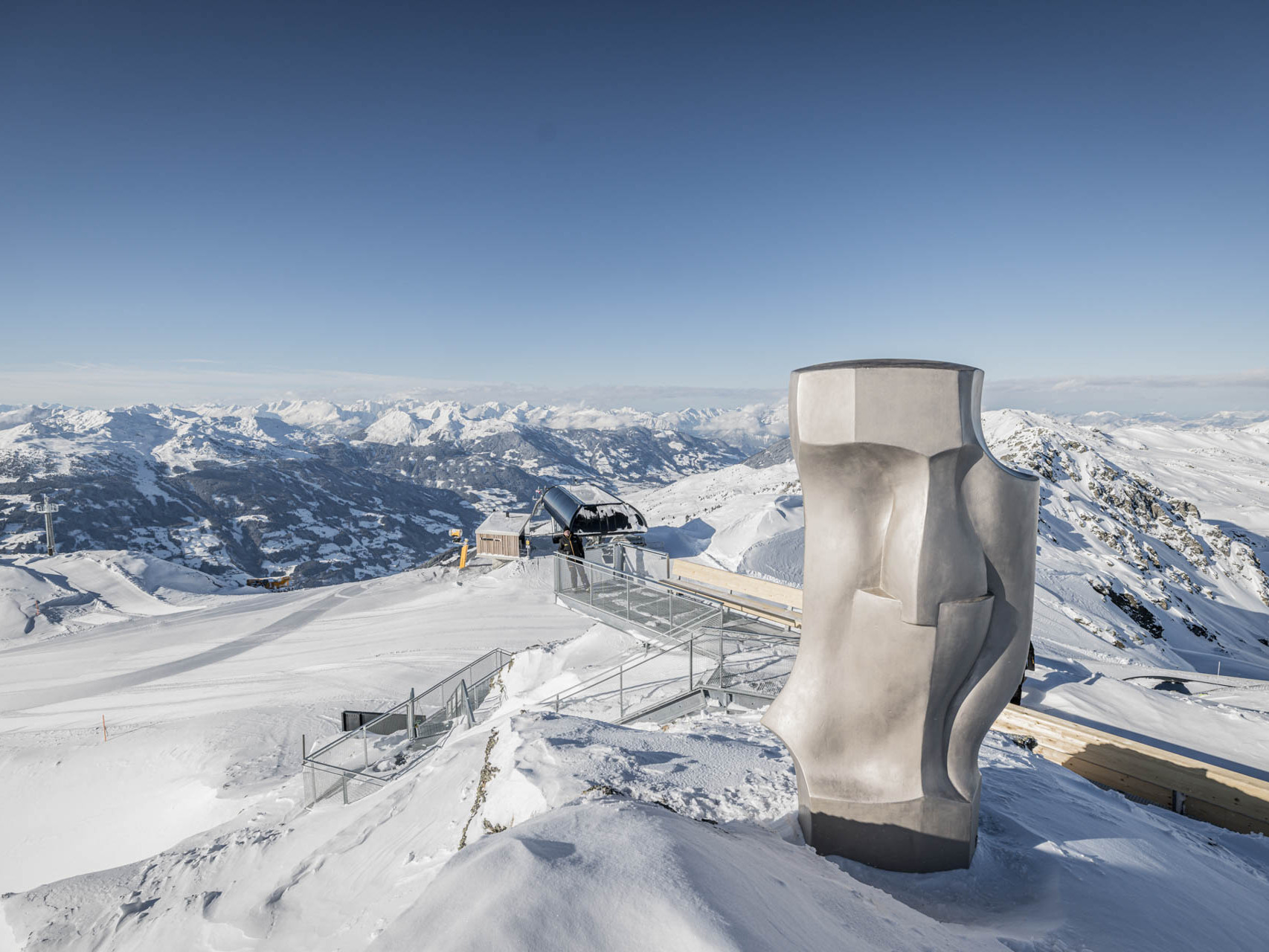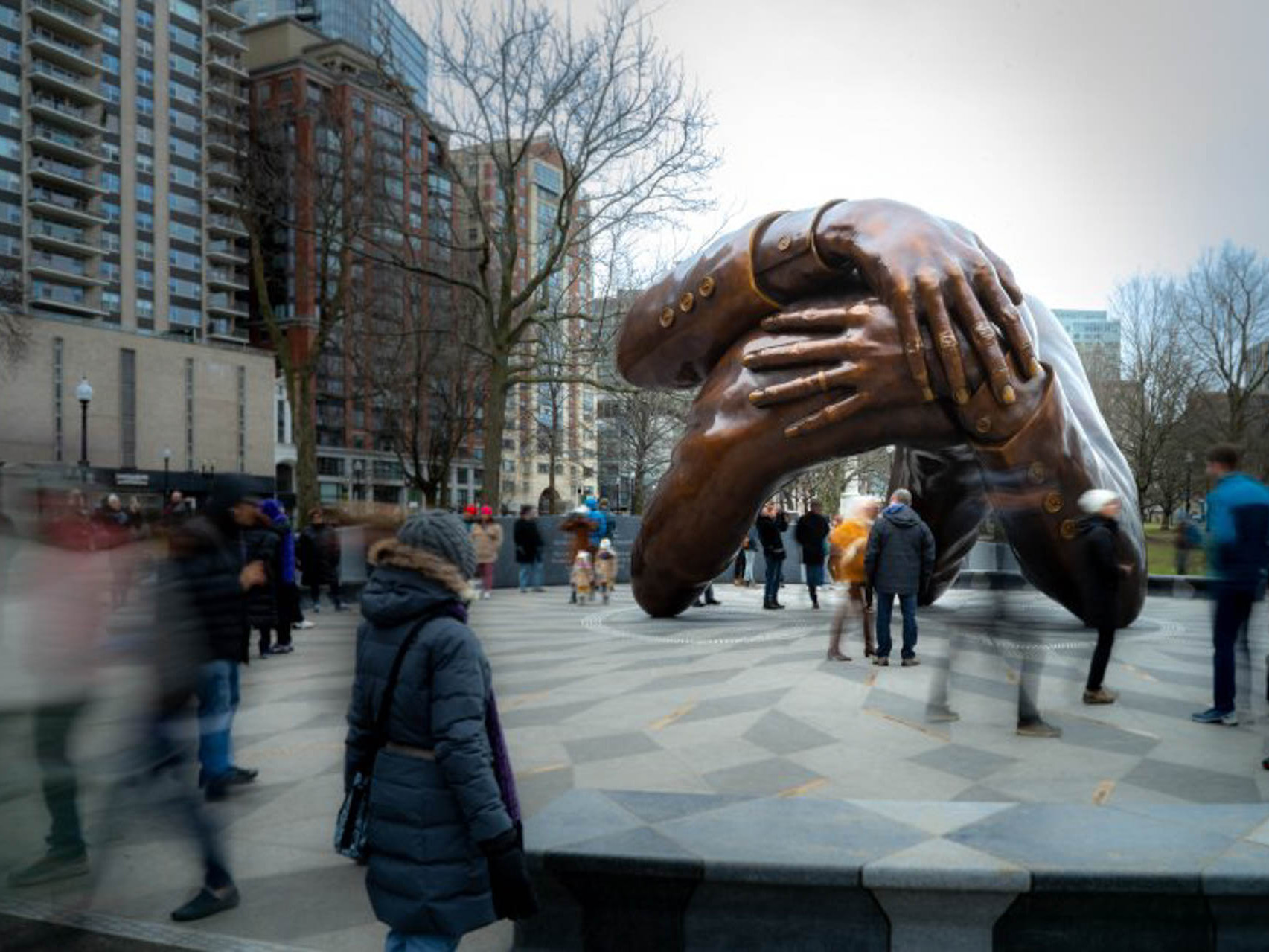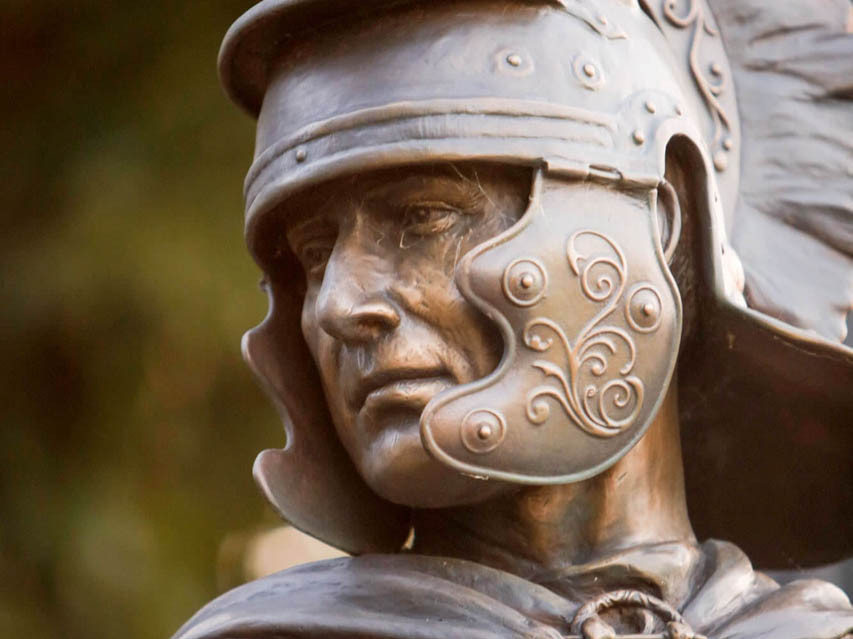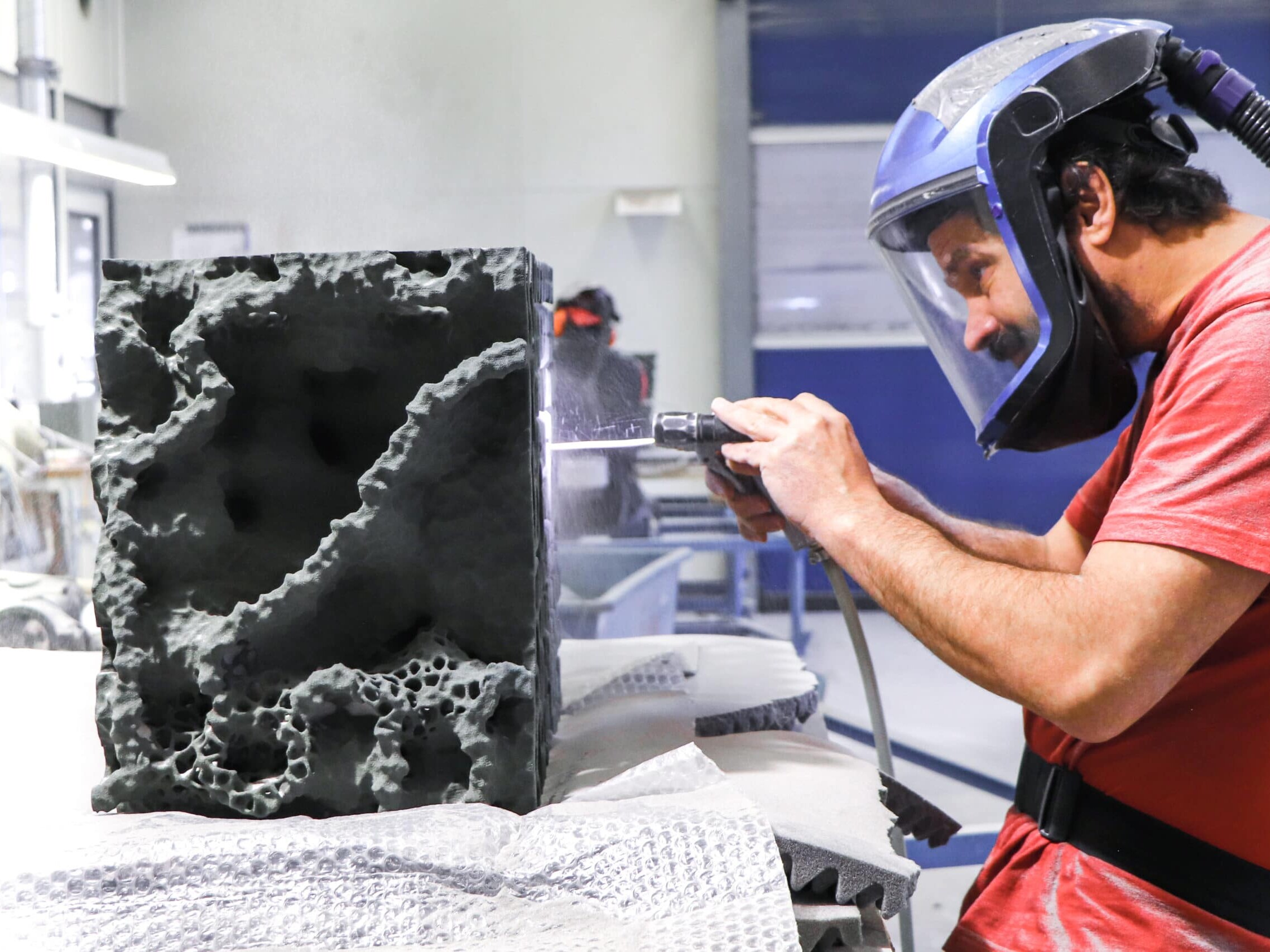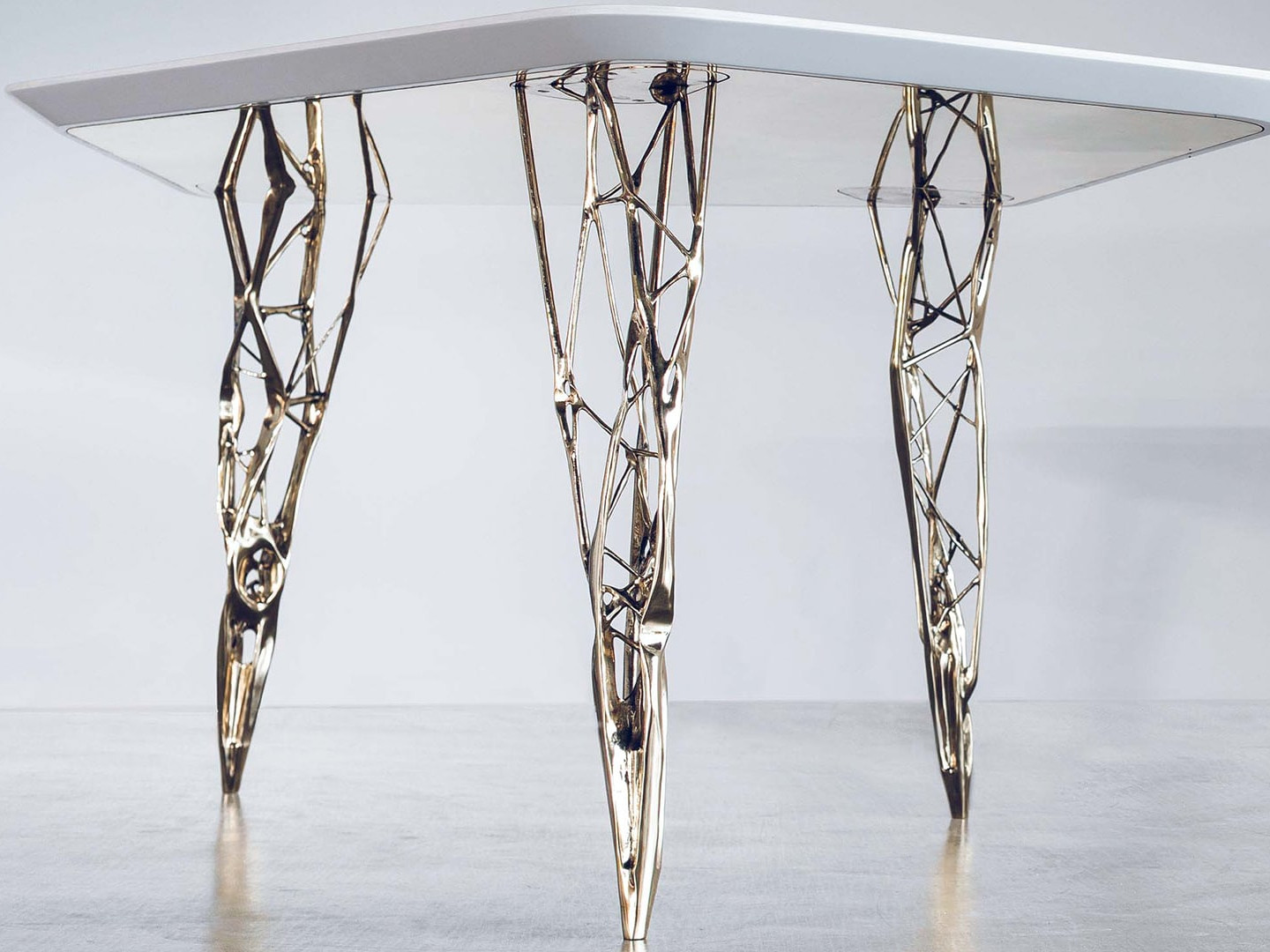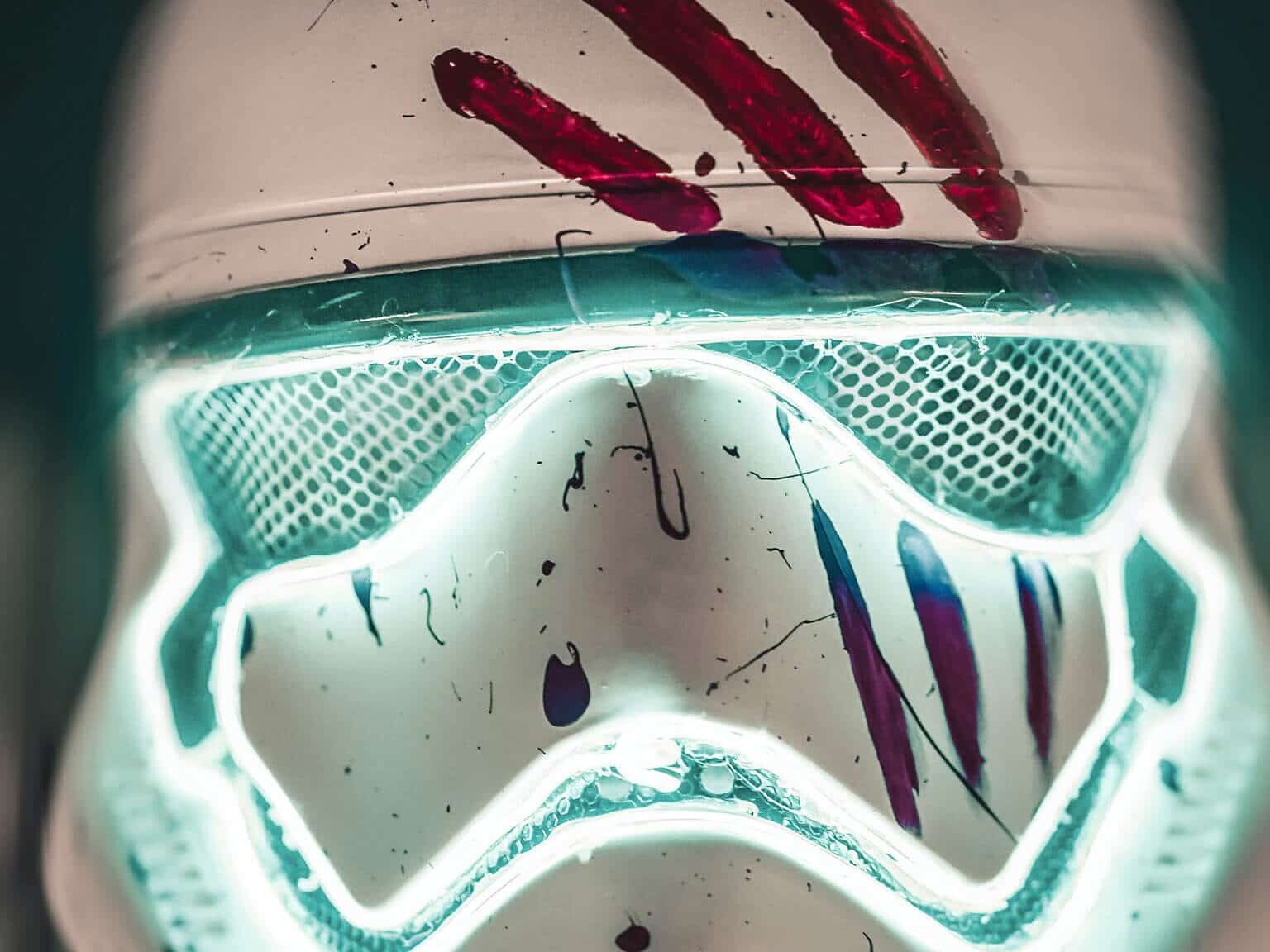- Home
- Case Studies
- Art and Design
- 3D printing for product and interior designers
Applications of 3D printing in product and interior design
3D printed design objects open up new possibilities for product designers, interior designers and artists to showcase their work and design solutions.
Ideal for making designs quickly understandable and easy to view in detail from any perspective. Regardless of whether in individual cases it concerns design chairs, lamps or table legs.
Design lamps from 3D printers
A trend-setting project led by architect Wieland Schmidt is offering a glimpse of what digital production in the future may look like. As part of the project, designer lamps designs are digitalized and subsequently printed into the final product at voxeljet’s 3D Parts On-Demand service.
The possibilities that additive manufacturing offers are amazing. Now we can print our lamps in batch size one at voxeljet's service centre - quickly and easily. The prints are based on the CAD data of the models - everything else is done by the 3D printers on a fully automated basis. This means that, thanks to voxeljet, we can now complete the last and to date still missing step of the digital manufacturing process, which offers a whole new dimension of freedom for architects and artists.
Wieland Schmidt, Architect
The project started at the Chair for Emerging Technologies at Munich’s Technical University, where Wieland Schmidt, a guest lecturer, and his students looked at the production of complex shapes inspired by nature. This work resulted in a large number of creative projects, including excellent lamp designs.
One particularly outstanding design, Lamp Donut, was printed directly from CAD data at voxeljet’s service center, using the so-called layer building method. The lamp was produced in a build time of a few hours, with the layered application of 100 micrometre thick plastic layers that are selectively glued together with a binder.
The Lamp Donut was not only printed with precision and true to detail, but also offered mechanical stability. This made it easy to infiltrate the model with epoxy resin, grind and subsequently lacquer it.
Wieland Schmidt, Architect
The designer lamp is right in line with current trends. No wonder that the product range already includes four different lamp models, all of which are “printed” at voxeljet.
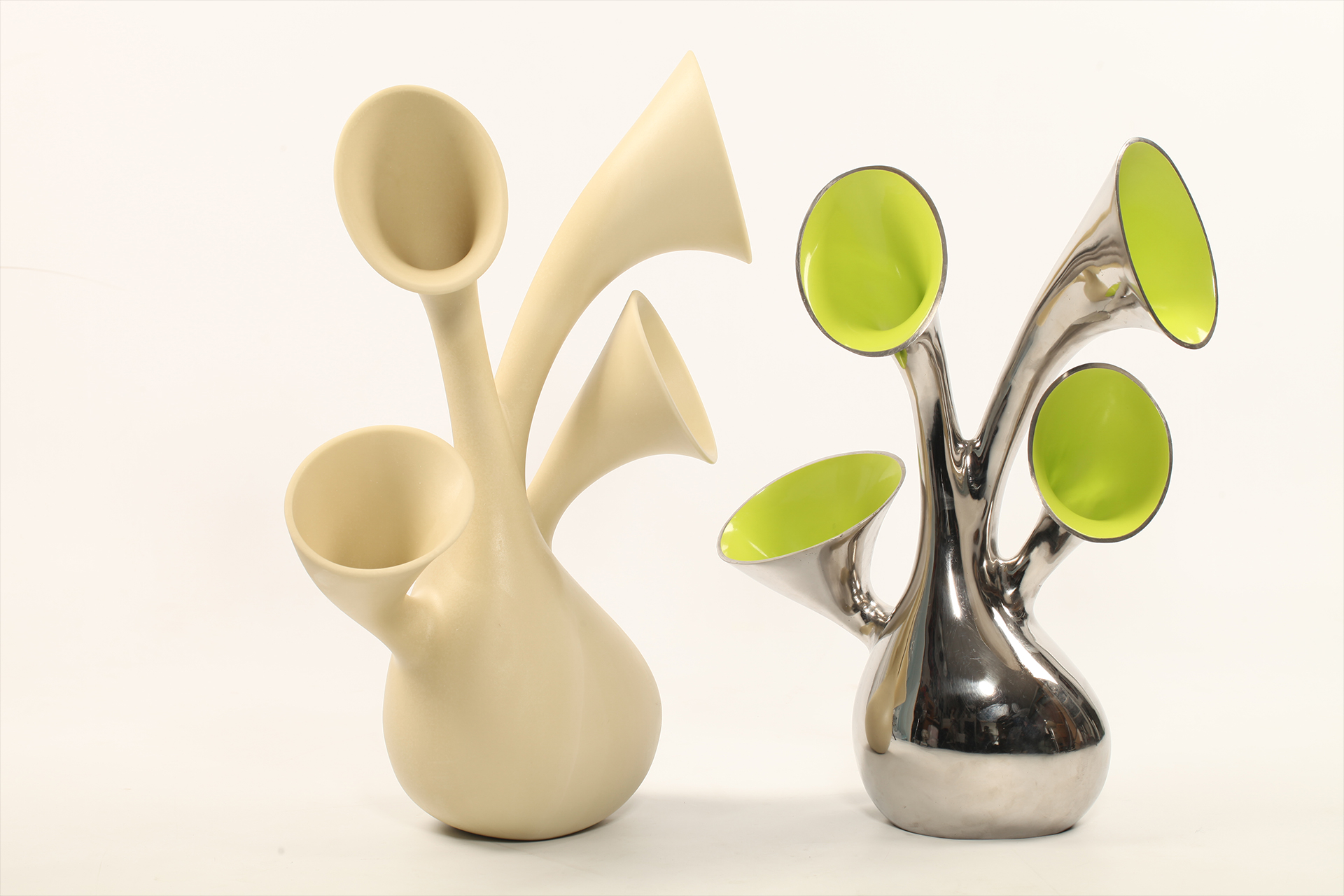
3D printed Puja Lamp
Puja was originally conceived while Lionel T Dean was Artist in Residence at the National Institute of Design, Ahmadabad, India. The piece follows the familiar FutureFactories theme of organic growth. An added inspiration was brought by the chant playing on a loop in the workshop where wood was cut for the project. The chant would remain in the head for days after a visit. The trumpet-form apertures of the Puja luminaire are intended to emit sound as well as light emulating a soft hypnotic murmur. Puja in Hindi is the act of showing reverence to a god or to aspects of the divine through invocations, prayers, songs, and rituals.
3D sand casting molds for designer furniture
When it comes to the manufacture of designer furniture in small batches, more and more providers are relying on Binder Jetting 3D print technology, which can be used to produce spectacular designs at economic production costs, as evidenced by the Batoidea chair.
Batoidea, or stingray, is the name of a designer chair created by Belgian star designer Peter Donders. One look at this refined piece of furniture reveals the idea behind the name, as the design really does conjure up the image of an elegantly gliding stingray, visualizing lightness and airiness, and impressing with its elegance. The production of this chair, which breaks with convention and is made of aluminum casting, would have been virtually impossible in terms of economic aspects without the use of additive manufacturing technology.
The project started at the Chair for Emerging Technologies at Munich’s Technical University, where Wieland Schmidt, a guest lecturer, and his students looked at the production of complex shapes inspired by nature. This work resulted in a large number of creative projects, including excellent lamp designs.
Peter Donders was able to implement his unconventional ideas inspired by nature on a technical level using a computer and the well-known Rhino3D modelling program. The great advantage of this progressive work method: The CAD data set required for 3D printing was automatically available upon completion of the work on the computer. The production of the generously sized chair with its complex stingray design required a total of five sand mold parts, which were manufactured at voxeljet’s service centre in Augsburg.
The largest mold part measured 1,105 x 713 x 382 millimeters – a size easily handled by voxeljet’s high-performance printers. The largest voxeljet 3D print systems can accommodate shapes with a maximum volume of eight cubic meters. The chair production process places great demands on 3D printing and the cast, as the design consists of a very thin-walled aluminum cast structure. The casting process is followed by grinding and polishing work, before a high-quality varnish is applied to the Batoidea chair.
More Case Studies
Bronze-cast sculptures produced with 3D printing
In the Freedom Monument Sculpture Park, there are three bronze sculptures by artist Shaleigha D'Clark, created using 3D printing
3D-printed sculptures at 2500 metres
At 2,500 metres in the Tyrolean Alps, these 3D-printed sculptures enjoy a special view. They are the fulfilment of a long-held dream of Tyrolean artist Magnus Pöhacker.
3D printing patterns for large-scale sculpting
The Embrace is a public artwork in Boston to honor and remember the life of Martin Luther King and his wife Coretta Scott King. The sculpture was created with 3D PMMA printing and investment casting
3D printing in sculpture
58 sculptures cast in bronze visualize the Way of the Cross of Jesus in Nebraska, USA. The unique works of art were created by famous artists using a combination of 3D printing, investment casting and bronze casting.
Functional Architecture with 3D Printing
The Mersitem Wall is a best practice example of how functional and sustainable architecture can be created with 3D printing.
3D printing for sustainable architecture
Singapore's AIRLAB uses these table legs to show how architecture can be made more sustainable and functional at the same time.
3D printing the future of prop manufacturing
Using 3D printing to create cost-effective, realistic movie props.
Industrial 3D Printing Systems
Our portfolio of industrial 3D printers ranges from compact systems for research to additive mass production.



















